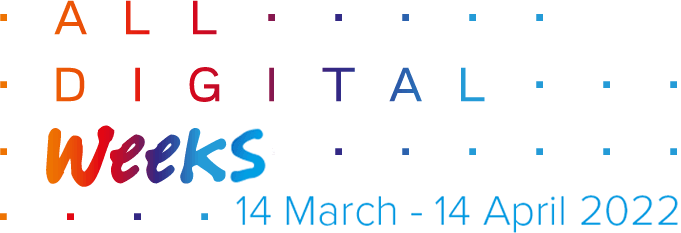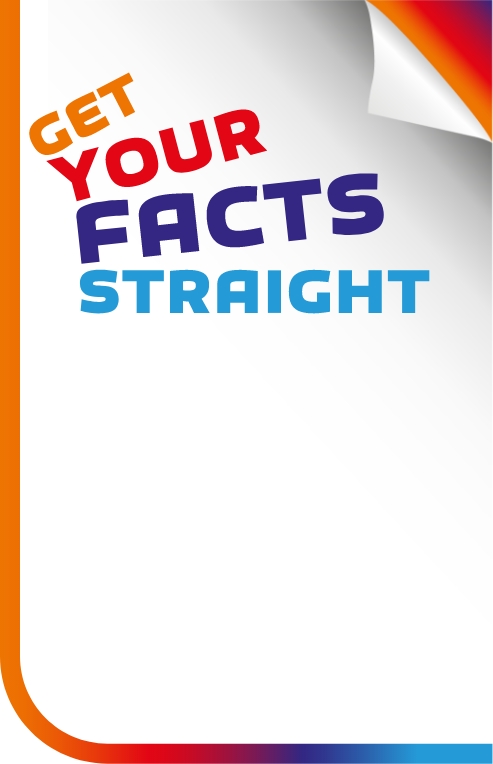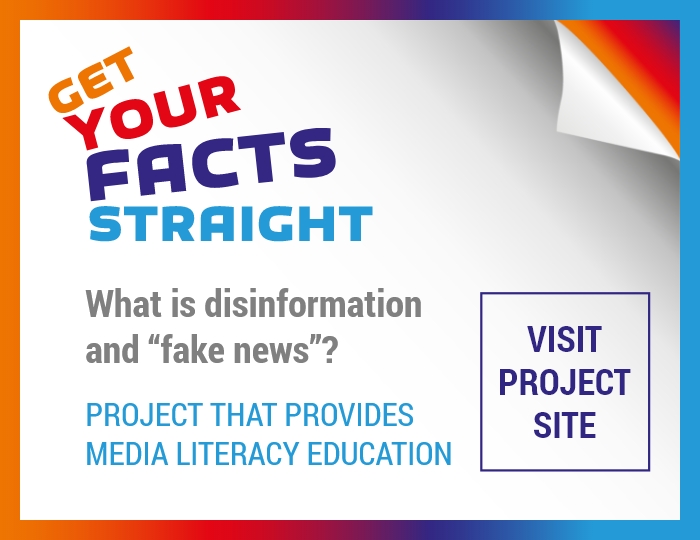» www.skillage.eu
» apps.facebook.com/skillagetest
What is it?
Skillage is an online software application that assesses the users’ understanding of ICT for getting a job in 2012, and for keeping that job.
The questions will challenge the user to understand the areas that they could improve upon, and the learning venues where they can get support to do so. It is available online via browser, on Facebook, and will be available in time as smartphone and DiTV Apps.
It has been launched for Get Online Week on 8th March in Brussels and is being promoted by telecentres involved in the campaign.
Who is it aimed at?
It is aimed at young people 16-24 in Europe. It is being translated by Telecentre-Europe member networks and is available in 20 European countries.
Why is Telecentre-Europe doing this?
 We believe that there needs to be a current, cross-platform, international, customer-focused, youth employment tool to help young people to understand how important ICT is in getting a job, and in performing in that job, and then where they can go to get help with those skills. We also believe that we need to have current, comparable data on ICT skill levels in different thematic areas to be able to target support effectively.
We believe that there needs to be a current, cross-platform, international, customer-focused, youth employment tool to help young people to understand how important ICT is in getting a job, and in performing in that job, and then where they can go to get help with those skills. We also believe that we need to have current, comparable data on ICT skill levels in different thematic areas to be able to target support effectively.
What is the Unique Selling Point?
 It’s an online employability training and assessment tool that uses the language and channels of young people. It’s challenging, informative, funny, irreverent, cool and hopefully viral. It’s non-corporate, platform independent, and slick in its technical appearance and performance.
It’s an online employability training and assessment tool that uses the language and channels of young people. It’s challenging, informative, funny, irreverent, cool and hopefully viral. It’s non-corporate, platform independent, and slick in its technical appearance and performance.
It’s something that young people will want to do, find engaging and want to share with their friends, to show and compare their scores. It’s not easy to get a high score, and users will have the correct answer explained to them with its reason. It’s a cross between an employability and ICT skills assessment tool and a training course in the same, but neither obvious to the user in its promotion.
What data does it produce?
Overall Europe-wide analysis will be possible, as well as the specific skill levels of (say) women aged 16-24 in France, or of the productivity levels of all unemployed people in Germany, or of all young people across Europe. Comparisons between countries or sections will also be possible. As a second stage development ‘heat maps’ of the data could be produced showing the data graphically.
What are the questions, how long does it take, and how is it divided up?
Each multiple-choice question has a number of possible answers that explores a particular ICT skill. The questions and answers are worded (and translated) carefully to challenge the user to consider carefully the skill required and its application in the workplace.
It seemingly has ambiguous answers, that test the users’ wider understanding of the issue. There are 15 questions and it is estimated that it takes a user around 10-15 minutes to complete the assessment. The questions are organised into five categories, with 3 questions chosen at random in each category from a pool of questions. The categories are employability, productivity (programmes), communications, social media (and information literacy), and files and filing.
How is it being promoted?
In the initial phase it’s promoted by Telecentre networks in the Get Online Week campaign in March 2012. It will also be available after this time, and will be promoted via a number of channels:
» Online via social media campaigns using LinkedIn, Facebook, Twitter
» Via a PR campaign to raise awareness of the product with stakeholders such as European Commission, Microsoft, Liberty Global, Google, Accenture, TechSoup, Telecentre.org, Facebook, Linked in, employment agencies (at both international and national levels), youth organisations (at national and European level)
» Via local channel marketing to Telecentre networks
 What formats/platforms will it be available on?
What formats/platforms will it be available on?
It is initially available as an online web application (and formatted for web enabled smartphones), and a Facebook application. At a later date, after Get Online Week, it may also be developed as an multi-platform Smartphone App, and as a Digital TV App.


























